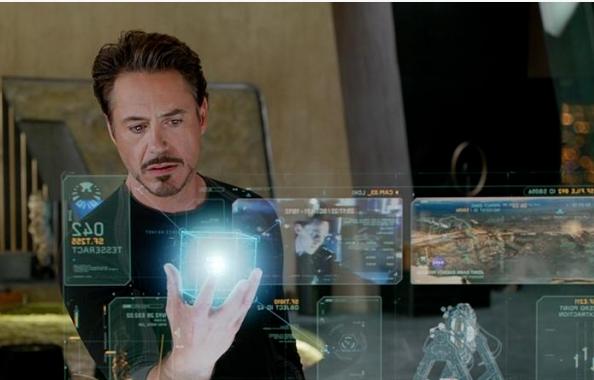
2022-05-30 15:12:54 1664
In June 2010, Microsoft released Kinect, bringing somatosensory operations to the mass consumer market. Recently, Microsoft's research on somatosensory operation has made new achievements. A similar operation can be achieved using a smartphone camera or a webcam on a monitor. The technology was developed by researchers at Microsoft Research's headquarters in Redmond and its branch in Cambridge, UK. They've found a way to turn a 2D camera on a smartphone or display into an infrared camera that captures depth data, so that the phone or computer directly becomes a Kinect-like device that captures head or hand movements.
From keyboard to mouse is a leap in PC operation mode, and from numeric keyboard to touch screen is a leap in smartphone operation mode. Now that somatosensory operation has become simple, will it become the next-generation control method for smartphones and PCs?

different control methods
For the operation mode of the computer, it can be counted from the early plugging and unplugging of wires and paper tape punching. Then developed to keyboard, mouse, touch screen, remote control. In fact, these control methods have one thing in common, that is, by hand!
Things like voice control have been developed by various manufacturers, but they have not really become popular. IBM's attempts on PCs in the early years and Apple's attempts on smartphones are the choices of niche users. Unless it is a special situation such as driving where voice must be used, under normal circumstances, people are more willing to control it with their hands.
For hand-held devices such as smartphones and tablets, things that can be placed around and can be controlled by moving your fingers and wrists, the touch screen is more labor-saving.
For devices such as PCs whose screens are far away from the human eye, using a touch screen can tire out joint diseases. A device such as a mouse that moves the wrist and fingers is more labor-saving, so the touch screen on the PC is only a short-lived, and the mouse is still the main one.
Where precise operation is required, or where text input is required, a device with high accuracy such as a keyboard is more suitable. Smartphones also use a virtual keyboard to solve the problem.
Although the somatosensory device can theoretically be used as an input device for smartphones and PCs, or even replace the keyboard, it is time-consuming and labor-intensive in operation, and the efficiency is too low.
The same is a positioning operation. The mouse only needs to slide slightly to move the wrist; the touch screen needs to be clicked accurately, and the elbow and even the shoulder joint need to be moved; the body sense is the whole body movement. If you are playing a complex game, the somatosensory operation is fitness exercise.
For fitness games, somatosensory control is a good idea, but for daily operations, somatosensory control has low efficiency and poor accuracy, and it is impossible to popularize it.
Uses of somatosensory manipulation
Somatosensory operation also has the advantage of somatosensory operation. If you use a mouse to operate, you must bring a mouse. To operate with a touch screen, you must have a touch screen, and physical contact is necessary. To operate the remote control of the TV air conditioner, you need to find the remote control.
The somatosensory operation only requires your body and does not require any direct contact equipment.
Although the accuracy of the somatosensory operation is not enough, many operations do not need to be precise, such as switching devices, volume adjustment, TV channel changing, web page turning and so on.
Simple gestures can complete functions without touching anything, which is more convenient than a mouse or touch screen.
In home use scenarios, in addition to specialized somatosensory games, smart TVs, HTPCs, and TV boxes are more suitable for somatosensory operations.
When the media is playing, users only need to adjust the volume, progress, brightness and other things. It is more convenient to wave than to find a mouse or remote control. This is where the somatosensory operation can really play a role.
In addition, smart homes with simple functions are more convenient to use the body, such as opening windows, opening curtains, lighting up lights, turning on central air conditioners... It is more convenient to wave your hand than to find a remote control or mobile APP, which is also a somatosensory operation. where it can work.
Only coexistence, no replacement
Although the mouse has changed the way people operate computers, the keyboard has not died out, because the efficiency of the keyboard is still much higher than that of the mouse when entering text.
The touchscreen appears on the PC, the mouse and the keyboard still exist, because the touch screen has the weakness of the touch screen, even on the mobile phone, the touch screen imitates the keyboard and provides a virtual keyboard.
Similarly, after the somatosensory operation matures, it will not completely replace the keyboard, mouse, and touch screen. but a coexisting relationship.
People will only choose the corresponding control method in the most suitable field. Multiple control methods will coexist for a long period of time, and somatosensory control will not replace the existing control methods.
